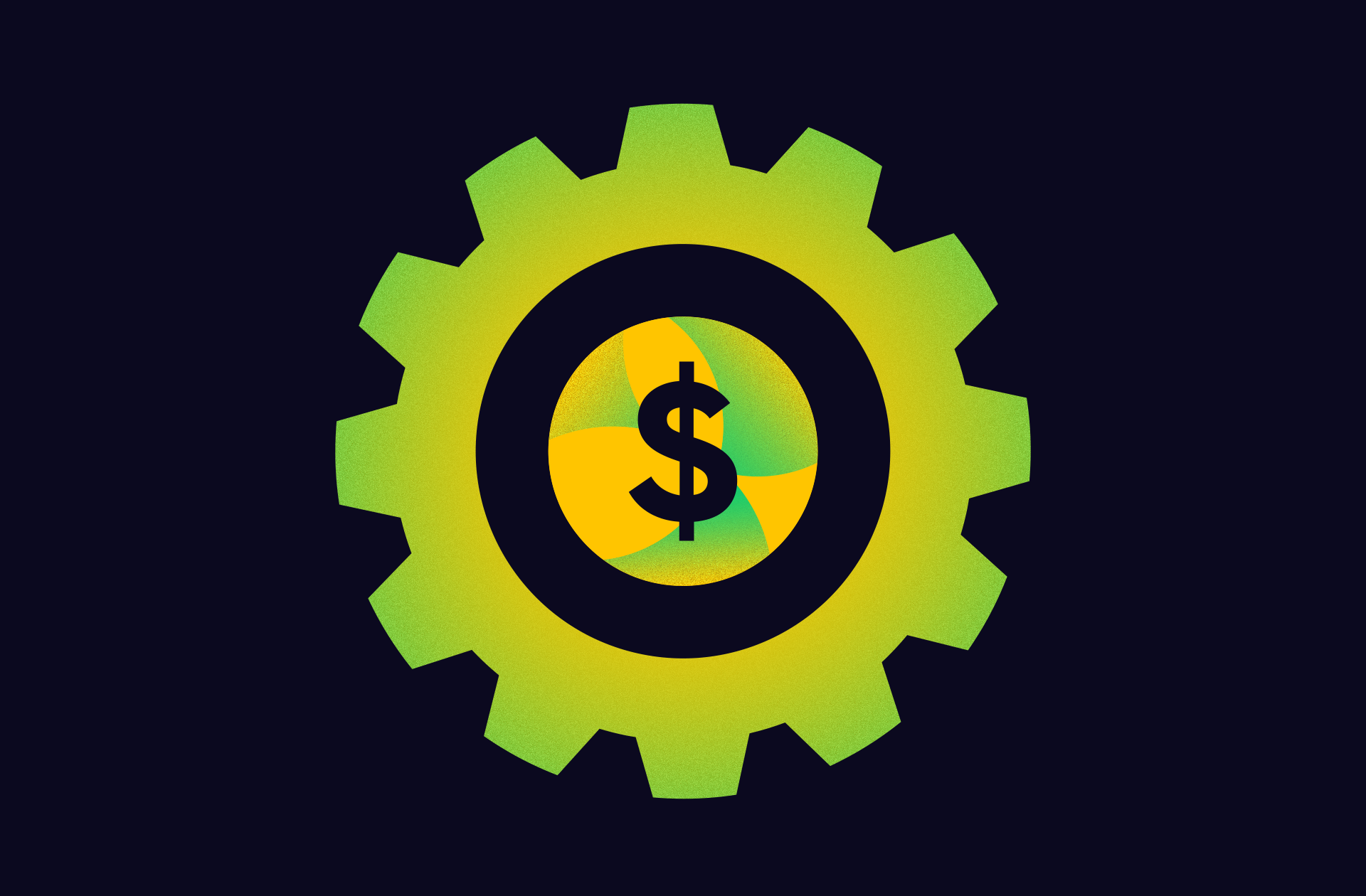B2B marketing can be especially challenging for a variety of reasons. You’re talking to more decision-makers. You’re on a longer sales cycle. And you’re particularly vulnerable to market shifts. It’s why you need to use every tool available to make the most impact. Luckily, there is one smart way to do that: create more personalized marketing experiences.
According to McKinsey, personalized marketing can reduce customer acquisition costs by as much as 50 percent, lift revenues by 5 to 15 percent, and increase marketing ROI by 10 to 30 percent.
Of course, personalizing the buyer journey takes time, energy, and the right tools. Lucky for you, as AI tools flood the market, there are easier ways to do it—and make things better for both your customer and your team in the process.
How to Use AI to Create More Personalized Marketing Experiences
All this said, we know many marketers don’t where to start or what to experiment with. If you’re in that boat, don’t worry. Today we’re breaking down the best ways AI can help you create more personalized marketing experiences (and help you capture more market share in the process).
1) Account-Based Marketing (ABM)
Account-Based Marketing is particularly valuable when you’re dealing with complex B2B sales cycles, where the decision-making process involves multiple stakeholders in an organization. (According to Hubspot, there are an average of five decision-makers in a B2B deal.)
The good news is AI tools can help you get valuable insights, automate your processes, and facilitate more personalized interactions to reach the right people and make the right impression.
- Target the right audience. AI algorithms can identify and prioritize high-value accounts based on factors like company size, industry, engagement history, etc.
- Use lookalike modeling. Leverage AI to identify lookalike accounts based on the characteristics of your existing high-value customers. This helps expand your target account list.
Tip: ABM is an iterative process that involves continuous optimization based on data and insights. Analyze your campaign performance, gather feedback from sales teams, and make adjustments to improve your effectiveness as you evolve your strategy.
2) Customer Relationship Management (CRM) Enhancement
You likely already have a CRM system in place, but new AI advancements can help you do more with the data at your fingertips.
- Refined lead scoring. You can implement AI-powered lead-scoring models to prioritize leads most likely to convert, considering factors such as engagement history, demographics, etc.
- Use predictive analytics. Use AI to predict the needs and preferences of individual businesses, and shape personalized outreach strategies accordingly.
Tip: When implementing AI for CRM enhancement, make sure these technologies integrate seamlessly into your existing workflows—and that the AI-driven insights are truly actionable and helpful for your sales and customer service teams in a real-world setting.
3) AI-Powered Email Campaigns
You can easily use machine-learning algorithms and data-driven insights to improve your email marketing, helping you stand out in inboxes and nurture your leads more effectively.
- Implement dynamic content. Use AI to personalize messages based on the recipient’s industry, role, and past interactions.
- Analyze behavior. Analyze email engagement data to understand how recipients interact with emails, then use those insights to tailor content, subject lines, and send times for individual recipients. (For example, according to Experian Marketing Services, personalized email subject lines are 26% more likely to be opened.)
Tip: Keep in mind that AI is a powerful tool that should be used ethically. Respect subscriber privacy and ensure compliance with relevant regulations (e.g., GDPR or CAN-SPAM).
4) Chatbots for B2B Engagement
Chatbots can be a valuable tool for B2B engagement, streamlining communication, providing instant responses, and enhancing your customer experience.
- Implement conversational AI. AI-powered chatbots on websites or communication platforms can engage with B2B prospects, answer queries, and provide personalized information. This helps leads get the info they need quickly—without eating up your sales team’s time.
- Qualify leads. Use chatbots to qualify leads based on predetermined criteria, ensuring that your sales teams only focus on the most promising opportunities.
Tip: Regularly assess your chatbot’s performance to make adjustments to align with your goals.
5) Predictive Analytics for Content Personalization
Predictive analytics are hugely helpful to anticipate your audience’s preferences and behavior This is more important than ever, considering that B2B buyers increasingly want to navigate the buyer journey without interacting with salespeople.
- Build content recommendations. Use AI algorithms to analyze the way your B2B prospects consume content, then you can recommend relevant whitepapers, case studies, or blog posts to create a steady stream of quality content.
- Create personalized landing pages. Dynamically adjust landing pages based on the visitor’s industry, location, or other relevant criteria.
Tip: You can also implement heat mapping tools to better track the efficacy of your landing pages.
6) Social Media Insights and Targeting
Social AI tools give you both the insights you need to create more personalized experiences and make it easier to customize content that captures the right audience’s attention.
- Customize social ads. The more you personalize social media ads, the easier it is to stand out in your target audience’s feeds.
- Leverage social listening tools. These can help you understand the conversations, trends, and sentiments within your industry.
Tip: Trending topics can be a great source of content ideas, as your expert perspective can add value to the larger conversation.
7) AI-Enhanced Sales Enablement
It’s always challenging to bridge marketing and sales in the buyer journey. But AI tools can support sales, helping you create a seamless buyer experience.
- Get sales content recommendations. Provide AI-driven recommendations for sales content and collateral based on the prospect’s profile and engagement history.
- Generate sales predictions. Use AI to predict the likelihood of a lead converting into a customer, enabling sales teams to prioritize their efforts.
Tip: Get more ideas for other ways that marketing can support sales.
8) Event Personalization
Event marketing remains one of the most effective ways to engage with your audience, whether you’re hosting—or attending— virtual or IRL events.
- Find the right events for your brand. AI can recommend relevant industry events, conferences, or webinars based on the business profile and interests of your B2B prospects.
- Help attendees navigate events. AI can create things like personalized agendas or networking suggestions to help attendees maximize their time.
Tip: You can also collect feedback from attendees through surveys, reviews, and sentiment analysis to identify areas for improvement for future events.
9) Personalized Video Content
Video has become an increasingly popular medium for prospects, as it is an easy way to grab attention and communicate ideas quickly and efficiently.
- Recommend video content. To keep your audience engaged, use AI to recommend personalized video content tailored to their interests and needs.
- Create interactive videos. AI can help you create videos that allow viewers to choose their preferred content path.
Tip: Look for ways to make your videos more personal—think about things like personalized greetings, product recommendations, or location-specific information.
10) Data Analytics for Continuous Improvement
One of the biggest advantages of AI is its ability to parse and synthesize data to give you the most relevant insights in a snap.
- Monitor performance analytics. Use AI-powered analytics tools to measure the effectiveness of personalized marketing efforts and improve your strategies based on real-time data.
- Employ attribution modeling. Analyze the ways different touchpoints contribute to the B2B customer journey, helping optimize marketing channels and tactics.
Tip: Even if you are employing personalization tactics at different touchpoints, it’s still important to conduct A/B testing to compare how different strategies, features, or messaging is landing with your audience.
How to Make AI Work For You
Although AI may seem intimidating, it doesn’t have to be. It’s simply about learning, testing, and iterating your strategies in ways that work for you. If you’re looking for more ways to apply AI across your buyer journey, we can help you there.
- Try more AI hacks. If you want more tips and tricks, here are 30 ways AI can help you do your job.
- Talk to our AI specialists. If you need a partner to help you implement AI, find out how our AI specialists can help you do it in an ethical and effective way.
Most importantly, as tools continue to improve and offer more insights, the most important thing is to stay up to date on the latest trends and best practices. Subscribe to our newsletter to get your AI fix (and feel free to let us know if any of these hacks worked for you).




